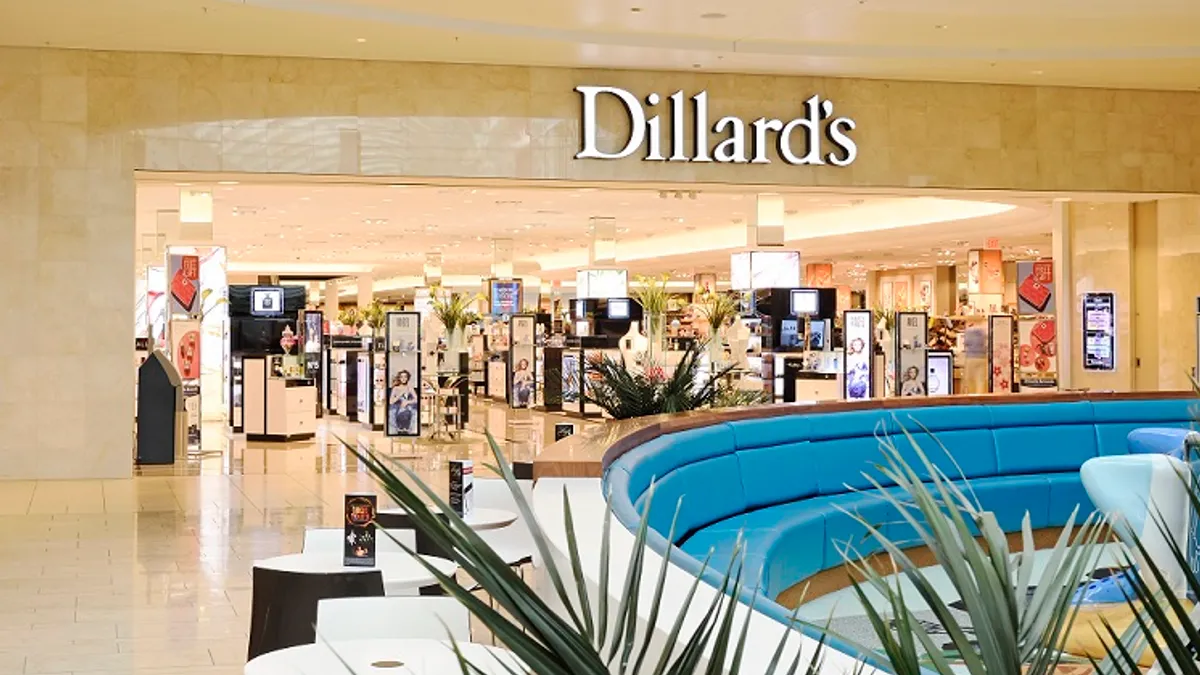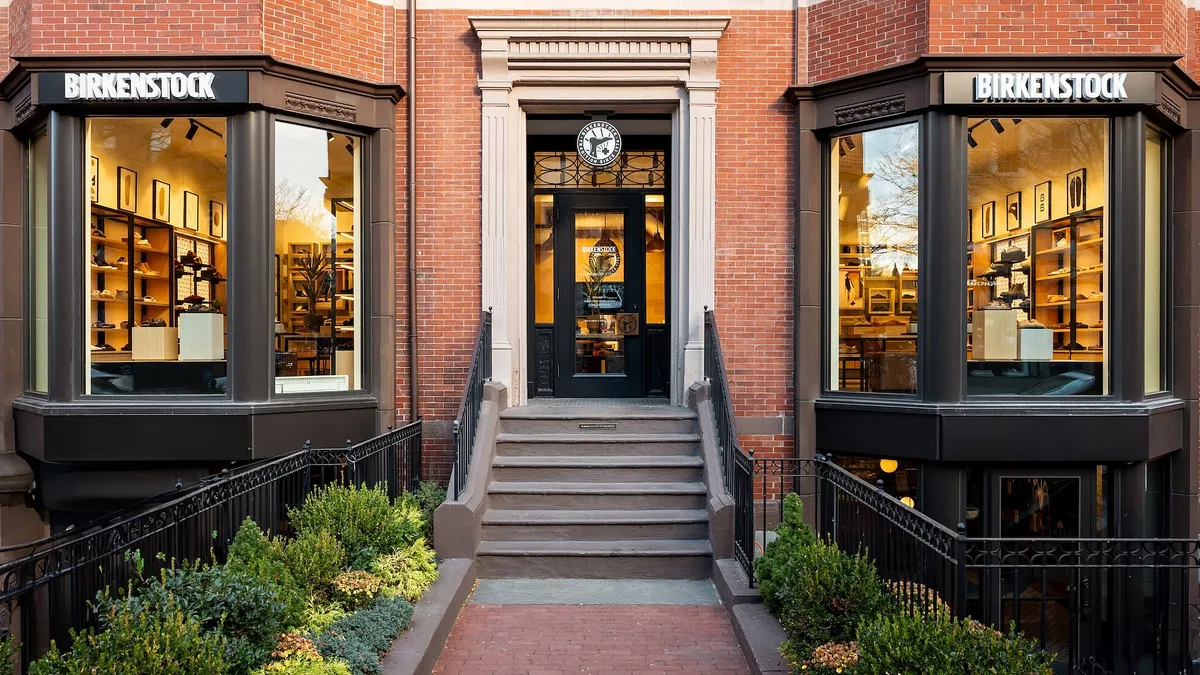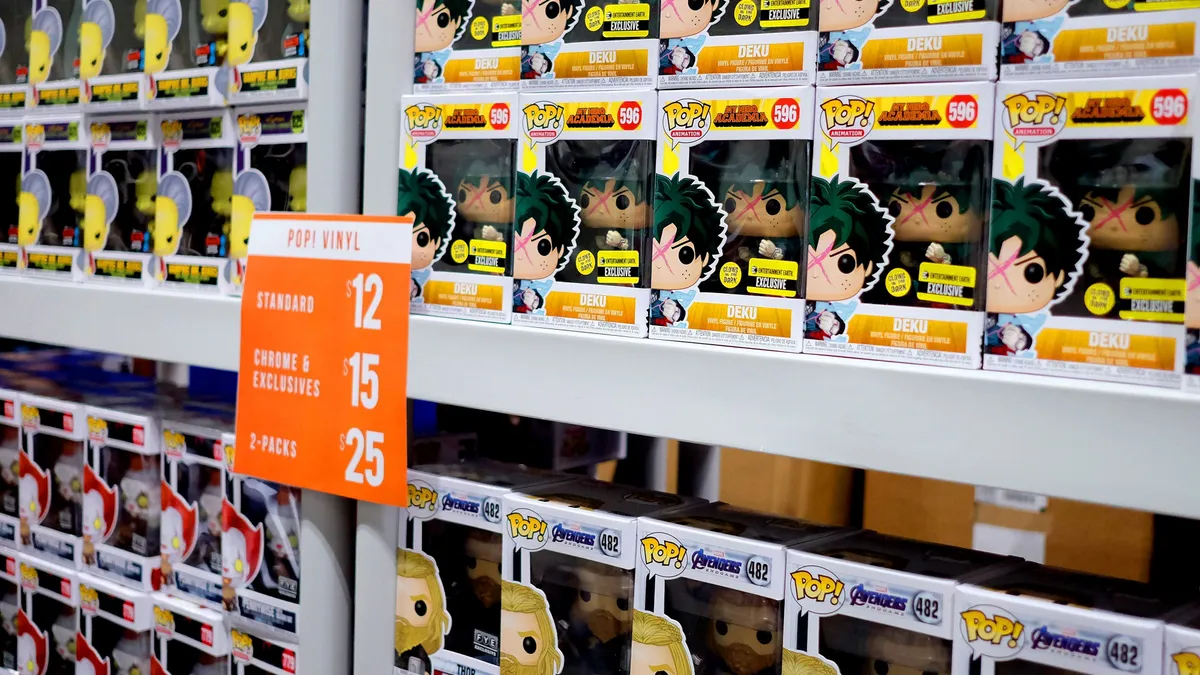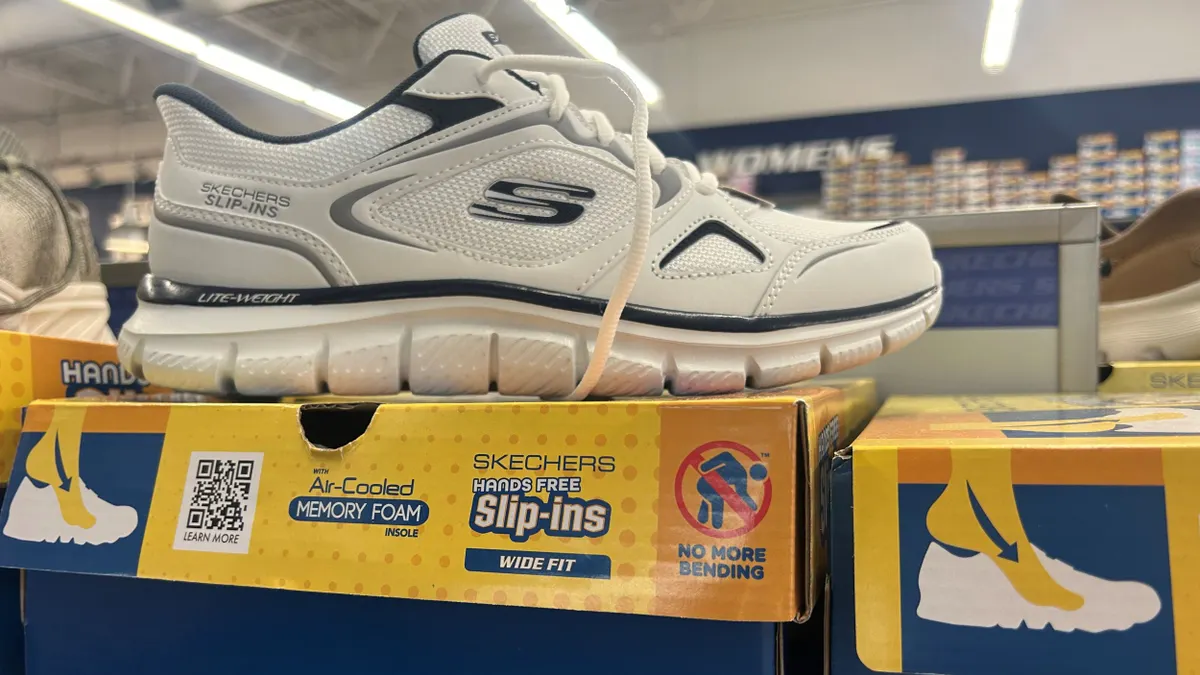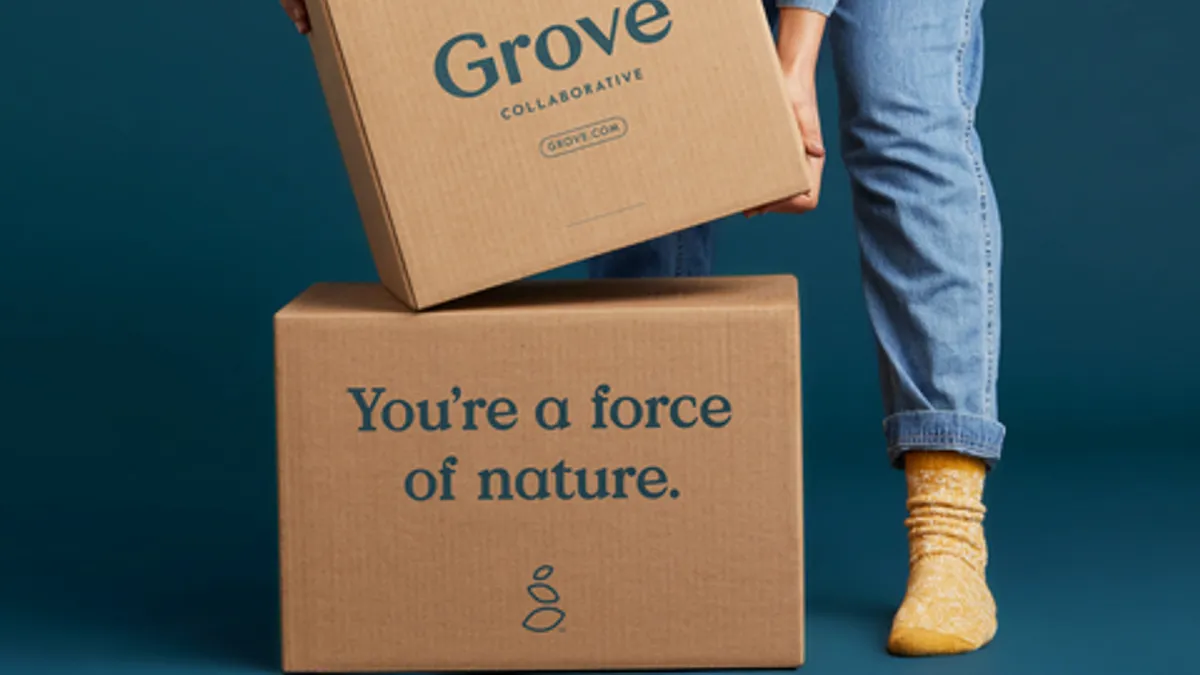Going into the holiday season, Target grabbed headlines as it tried to solidify its position as one of the heirs to Toys R Us' lost empire.
The retailer forged a partnership first with Disney to open 25 in-store shops featuring toys from the iconic entertainment company that included one hundred products that could otherwise be found only inside Disney's own stores.
And then in October, the company announced a partnership with TRU Kids Brands, a still-modest venture created out of the ashes and brand assets of Toys R Us. Target would essentially be the online retail venue for anyone shopping toysrus.com who actually wanted to buy a toy they were browsing. In doing so, Target made a direct play for those still afflicted with nostalgia for the toy retailer that liquidated in 2018.
These moves were on top of the thousands of exclusive toys announced and other fanfare, which have become a standard pre-holiday tradition among Target, Walmart and Amazon as they try to grab market share in toys.
But Target's toy sales in the fourth quarter disappointed. During the second holiday season without Toys R Us around, Target had flat comp sales in the category. The category — of huge importance to the retailer's Q4 sales — dragged on its entire performance along with electronics and home goods. It led to a holiday period that missed the company's own expectations.
Target was just part of a larger story about decline in the toy category. On Jan. 27, the NPD Group reported its estimates of total retail sales of toys for 2019, with sales down 4% to $20.9 billion. Sales also declined in Q4, which was "burdened" by a shorter shopping season between Thanksgiving and Christmas, according to NPD.
"I think the 4% drop was more than was expected," said James Zahn, senior editor of the trade publication The Toy Book. "And I think that performance of Target as a point of reference was very surprising to a lot of people, too," he added, noting that many thought that "Target had won the toy war when it came to taking the place of Toys R Us as much as they could."
"Target did a great job with their merchandising, with their assortment and I think the initial boom that they had coming out of 2018, which was fantastic," Zahn said. "A lot of people thought they were going to repeat again, and were pretty saddened when they didn't."
And it's not difficult to see why people in the toy world were upset. The wind down of Toys R Us was a major blow to toy makers. In 2018, retailers of all sorts jumped into the toy game hoping to take a chunk of the $1.4 billion Toys R Us made in U.S. toy sales before collapsing. But nobody could fully replace the sheer volume of space that the big-box player dedicated to the category — and year round, not just in Q4. Target's efforts showed it was trying to compete on more than just price: with creative partnerships and customer experience as well.
Digital growth
Yet, Target appeared to improve in at least one area: online. Jacquelyn Cooley, market research analyst with 1010data, said in an interview that Target's online toy sales grew around 12% year over year in the fourth quarter. And that came despite a small drop in online market share during the Black Friday sales event.
Target got a particular boost online from sales of the LOL Surprise! brand. In fact, Target took some online market share in toys from Amazon, while Walmart's remained largely flat, Cooley said, citing her firm's data. Online sales of toys across the board rose 4% year over year in Q4 2019, according to 1010data, even as retail sales of toys fell overall.
By other indicators, Amazon outperformed Target and Walmart. Analysts with D.A. Davidson & Co. found that Target's online out-of-stocks for its hot toys had decreased compared to last year, a bad sign if it indicates those toys weren't being snatched up by customers. The same was true for Walmart, while out-of-stocks for the products on Amazon's hot toys list increased compared to 2018.
"This supports the notion that there's a lot of lot of switching from brick and mortar to e-commerce," Linda Bolton Weiser, senior analyst with D.A. Davidson, said in an interview.
Amazon did not disclose any details around its toy sales in its Q4 report, but it was clear the online giant had a booming holiday season, with net product sales across the board up 13%. Zahn said that many in the industry surmise the e-commerce giant's toy sales increased over the holidays.
Dashed expectations
Target, citing NPD data, says it gained market share overall during the holidays even as its sales flattened. Which raises the question of where the share came from, if its sales were flat. (Walmart has not disclosed its Q4 or holiday performance numbers yet.)
One possibility is all those retailers trying to get in on the toy game in 2018 have gotten back out of it already. Party City, for example, launched 50 toy pop-ups in its Halloween City locations, dubbed Toy City, in 2018 as a trial balloon in the category, but didn't renew the effort for last holiday season.
"While we were very pleased with the results seen online and in our permanent stores, the performance of the Toy City temporary stores did not meet our expectations," a company spokesperson told Retail Dive. "Therefore, we decided not to pursue the Toy City pop-up stores this season."
Kroger was another to try toy pop-ups in 2018. The grocery giant, like Target last year, hitched its wagon to the star of Toys R Us nostalgia, putting 600 pop-ups in its stores under the Geoffrey's Toy Box banner, an early effort by TRU Kids to revive the Toys R Us brand. But Kroger made no mention of Geoffrey's Toy Box, or any toy pop-ups, in 2019. The company did not respond to Retail Dive's requests for comment.
"At the end of 2018, all of these companies were rushing to capture Toys R Us market share," Zahn said, pointing to grocers, hardware stores and others like Party City expanding square footage for toys. "All of that square footage disappeared. It didn't exist in 2019. It was a contraction."
"This is just anecdotal, but I happen to think that some of the [retailers] that took on toys as an additional category maybe have not done so well," Weiser said.
The broader, existential issue during the season was the lack of a must-have toy, in Zahn's view. Retailers, he said, lacked "a key driver that every kid has to have to get foot traffic in these stores." The industry has also faced disruption from the Trump Administration's various tariff threats against Chinese goods last year, and now it faces supply chain disruption as China — by far the largest toy making country — takes dramatic action to stop the spread of coronavirus inside its borders.
Pull back, and you see a category that still hasn't fully healed itself from the death of its last national specialist. "The biggest factor there is that Toys R Us had all that space, which gave them room to carry a wide assortment of things that you couldn't find anywhere else," Zahn said. "Having all of that variety in one spot led to a bunch of impulse sales, and then the impulse sales is what we're missing right now."








